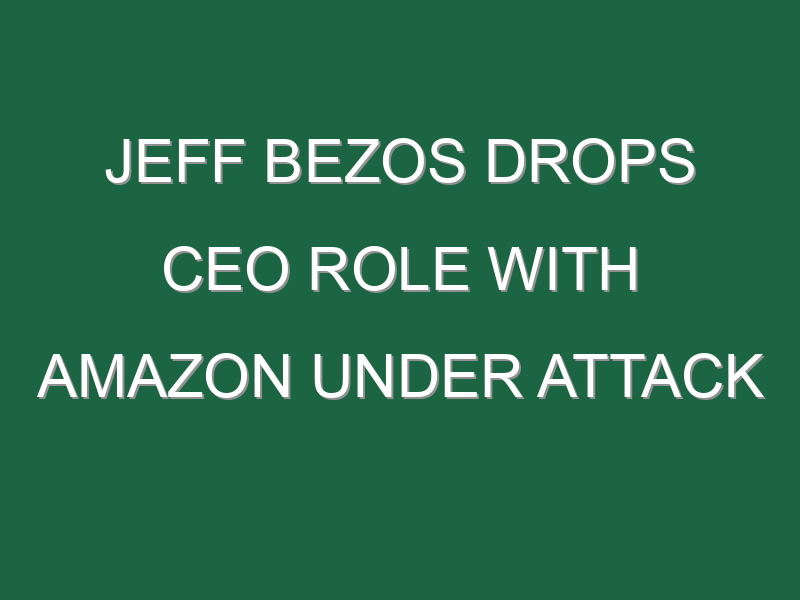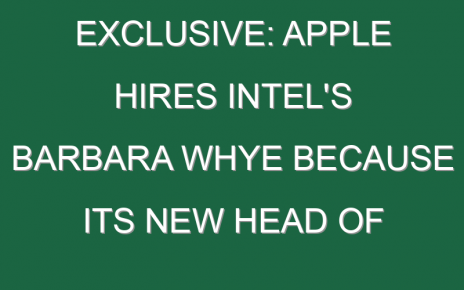This is the web version of Data Sheet, a daily newsletter on the business of tech. Sign up to get it delivered free to your inbox.
Amazon’s earnings last night included more than the usual facts, figures, and unlabeled growth charts. Founder and CEO Jeff Bezos, who famously sketched out the business plan for Amazon on a 1994 cross-country drive with his wife MacKenzie, is stepping down this summer. The most logical heir, Jeff Wilke, beat Bezos to the door, announcing his retirement last year. So the job goes to Andy Jassy, head of Amazon’s cloud services business. Bezos says he’ll stick around, Bill Gates-style, as executive chairman.
The news was greeted with all manner of retrospectives, lengthy lists of achievements, and eye-popping stock charts (Amazon’s shares have risen 225,233% since the company went public in 1997, making each of the now-divorced Bezoses among the world’s richest people).
In the Fortune archives, former writer Leena Rao profiled Jassy back in 2015 to explain how a marketing exec and Mets fan came to lead Amazon’s web services unit. And former Data Sheet scribe Adam Lashinsky published two masterworks on Bezos, calling him the “ultimate disrupter” in 2012 and following up with the evolution of the CEO four years later. One deeply reported classic that’s really stood the test of time is Chip Bayers’ profile, The Inner Jeff Bezos, from Wired in 1999.
“The three big ideas at Amazon are long-term thinking, customer obsession, and a willingness to invent,” Bezos told Lashinsky back in 2012, a fitting mantra for an executive who built the dominant e-commerce company of all time and also helped invent cloud computing. Check the tech history books and it’s hard to find a company that ignited two unrelated and huge new markets like that. Apple’s iPhone business is stunning but a logical evolution from personal computers. Google invented search but bought YouTube and was a late-comer to cloud computing. Microsoft’s server and app businesses were built from Windows and then led to the cloud.
Still, I had to laugh when I saw some pieces emphasizing that Bezos was going out on top. Sure, at $1.7 trillion, Amazon’s stock market value is close to the highest it has ever been. And the pandemic has accelerated the shifts to both shopping and computing online, mostly with Amazon.
But like Bill Gates, who stepped down amidst the antitrust attack on Microsoft, Bezos is leaving with his castle under siege. The House Judiciary Committee laid out the groundwork for an antitrust case last year and with Google and Facebook already sued, Amazon is likely next in the government’s sights. The European Union already has a case going. And while Amazon has nothing to do with our social media disinformation problem, it is at the center of efforts to unionize tech workers. Another bad look: Amazon is paying $62 million to its Flex drivers for improperly withholding tips.
Back in the tech history books, the transitions from founder and CEO to the next executive up include the duds like Gates to Steve Ballmer but also successes like Steve Jobs to Tim Cook, Bob Noyce to Andy Grove, and Bill Hewlett to John Young. Hopefully, we’ll be able to put “Bezos to Jassy” in the positive column in a few years.
Aaron Pressman
@ampressman
[email protected]





